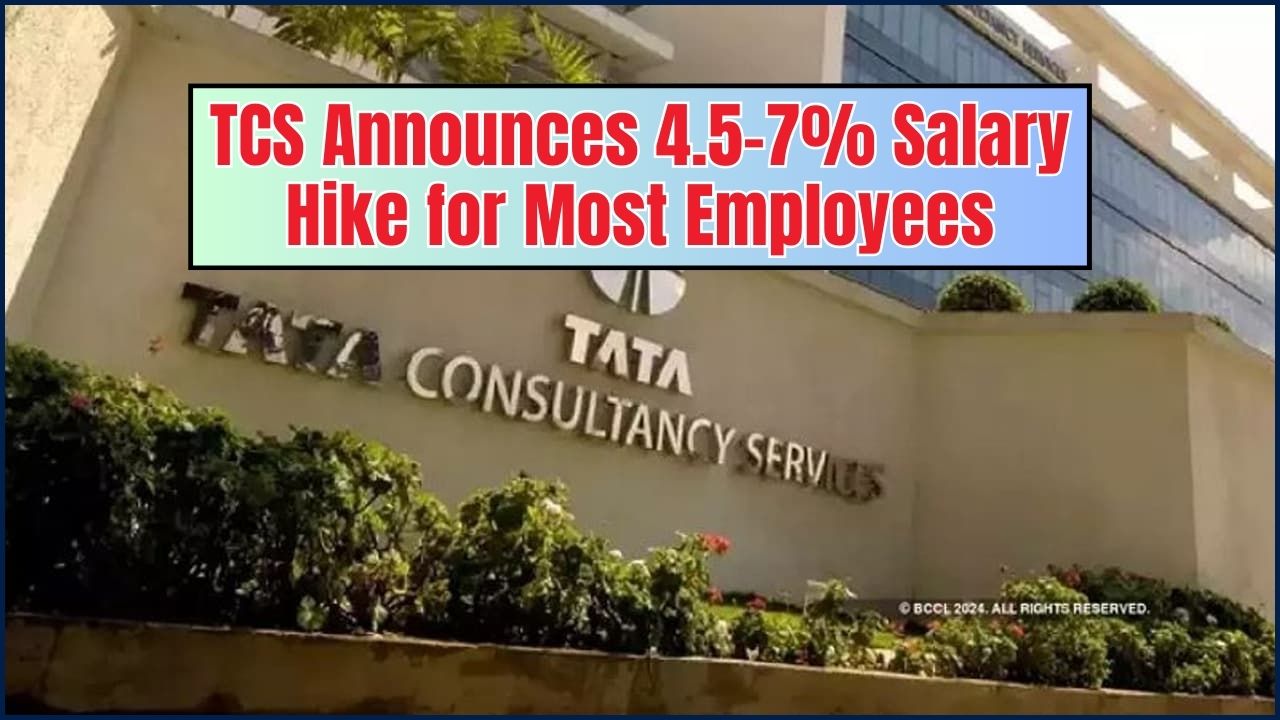
Mahindra & Mahindra Ltd. has reduced prices across its popular sport utility vehicle (SUV) range after the Goods and Services Tax (GST) revision, with new rates effective from 6 September 2025. The company said the benefit of lower tax rates is being passed on directly to customers, resulting in price cuts of up to ₹1.56 lakh.
Details of the Price Reduction
The carmaker confirmed that the reduction applies to its internal combustion engine (ICE) SUVs, including the Bolero, Thar, Scorpio, and XUV range. According to Mahindra’s official statement, customers will see immediate reductions at dealerships nationwide.
- Bolero and Bolero Neo: Savings of up to ₹1.27 lakh
- XUV 3XO: Up to ₹1.40 lakh for petrol models and ₹1.56 lakh for diesel variants
- Thar: ₹1.35 lakh reduction on 2WD diesel and ₹1.01 lakh on 4WD diesel variants
- Scorpio Classic: Approximately ₹1.01 lakh reduction
Industry Context
The price revision comes ahead of the nationwide implementation of new GST rates on automobiles, scheduled for 22 September 2025. Mahindra is among the first automakers to implement the changes early, allowing customers to benefit immediately.
The GST Council, which oversees indirect taxation in India, announced the revisions to lower the burden on passenger vehicle buyers and stimulate demand in the automotive sector. Analysts suggest the early move positions Mahindra competitively during a period of heightened consumer interest.
Official Statements
In a press note, Mahindra said:
“We are delighted to pass on the full benefit of GST rate reductions to our customers with immediate effect. This move demonstrates our commitment to making mobility more accessible and affordable.”
Industry analysts welcomed the decision, noting that demand in the SUV segment remains strong. According to Rajesh Menon, Director General of the Society of Indian Automobile Manufacturers (SIAM), “Price rationalisation through tax reduction could provide a significant boost to consumer sentiment and help sustain sales momentum.”
Market Implications
The Indian automobile sector has witnessed mixed demand in recent months due to fluctuating input costs and uneven rural consumption trends. Experts believe Mahindra’s early implementation may encourage competitors such as Tata Motors and Hyundai India to accelerate similar measures.
Automobile dealers also expect increased foot traffic in showrooms. FADA (Federation of Automobile Dealers Associations) noted that festival season demand, coupled with lower prices, could strengthen retail sales across key markets.
Global and Domestic Context
India’s GST reform in the automobile sector reflects broader efforts to stabilise growth while ensuring affordability for consumers. Globally, automakers face challenges from rising raw material prices and the ongoing transition to electric mobility.
By reducing ICE vehicle prices, Mahindra not only aligns with regulatory changes but also reinforces its strategy of strengthening its foothold in the competitive SUV market while balancing future investments in electric vehicles.
GST Refunds in 7 Days and Business Registration in 3—Big Reform Announced
Conclusion
Mahindra’s decision to cut prices from 6 September 2025 demonstrates agility in responding to government tax policy and a customer-first approach. The move is expected to create momentum ahead of the GST Council’s nationwide rollout later this month, influencing both short-term demand and long-term competition in India’s automobile sector.





